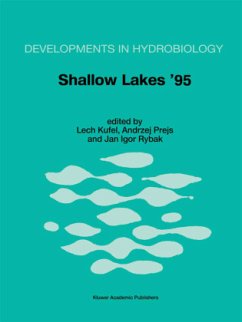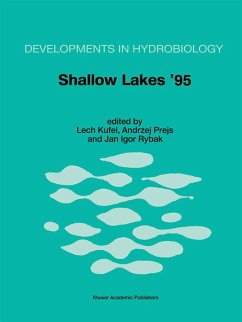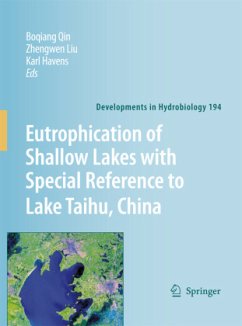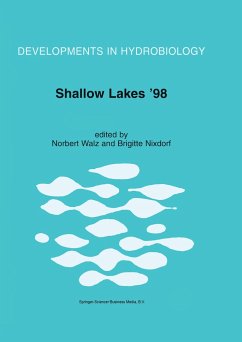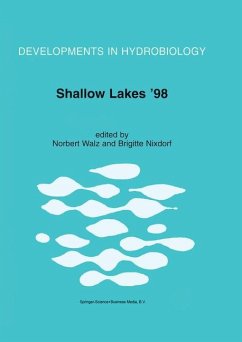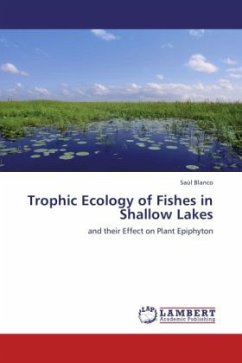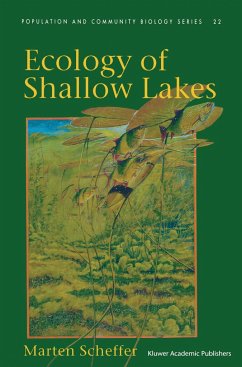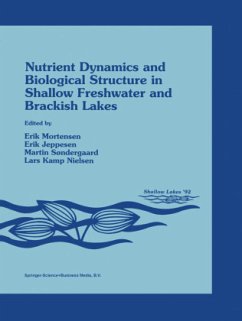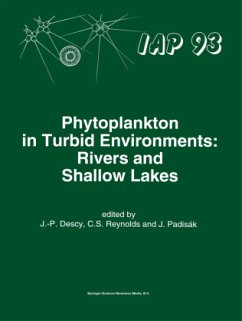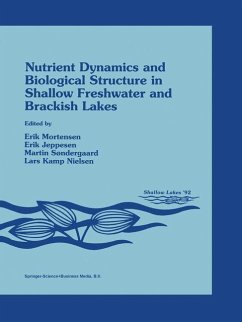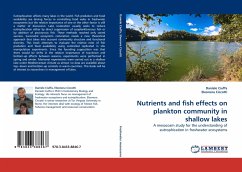
Nutrients and fish effects on plankton community in shallow lakes
A mesocosm study for the understanding of eutrophication in freshwater ecosystems
Versandkostenfrei!
Versandfertig in 6-10 Tagen
52,99 €
inkl. MwSt.

PAYBACK Punkte
26 °P sammeln!
Eutrophication affects many lakes in the world. Fish predation and food availability are driving forces in controlling food webs in freshwater ecosystems but the relative importance of one or the other factor is still a matter of discussion. Lake restoration usually seeks to reduce eutrophication either by direct suppression of zooplanktivorous fish or by addition of piscivorous fish. These methods reached only varied success. Successful ecosystem restoration needs a new theoretical approach that takes into account community structure and functional diversity. This book attempts to evaluate th...
Eutrophication affects many lakes in the world. Fish predation and food availability are driving forces in controlling food webs in freshwater ecosystems but the relative importance of one or the other factor is still a matter of discussion. Lake restoration usually seeks to reduce eutrophication either by direct suppression of zooplanktivorous fish or by addition of piscivorous fish. These methods reached only varied success. Successful ecosystem restoration needs a new theoretical approach that takes into account community structure and functional diversity. This book attempts to evaluate the relative roles of fish predation and food availability using controlled replicated in situ manipulation experiments. Since the founding supposition was that there would be shifts in the relative importance of top-down and bottom-up effects between seasons, experiments were performed in spring and winter. Moreover experiments were carried out in a shallow lake under Mediterranean climate asalmost no data are available about top- down and bottom-up controls in warm countries. This book will be of interest to researchers in management of lakes.



